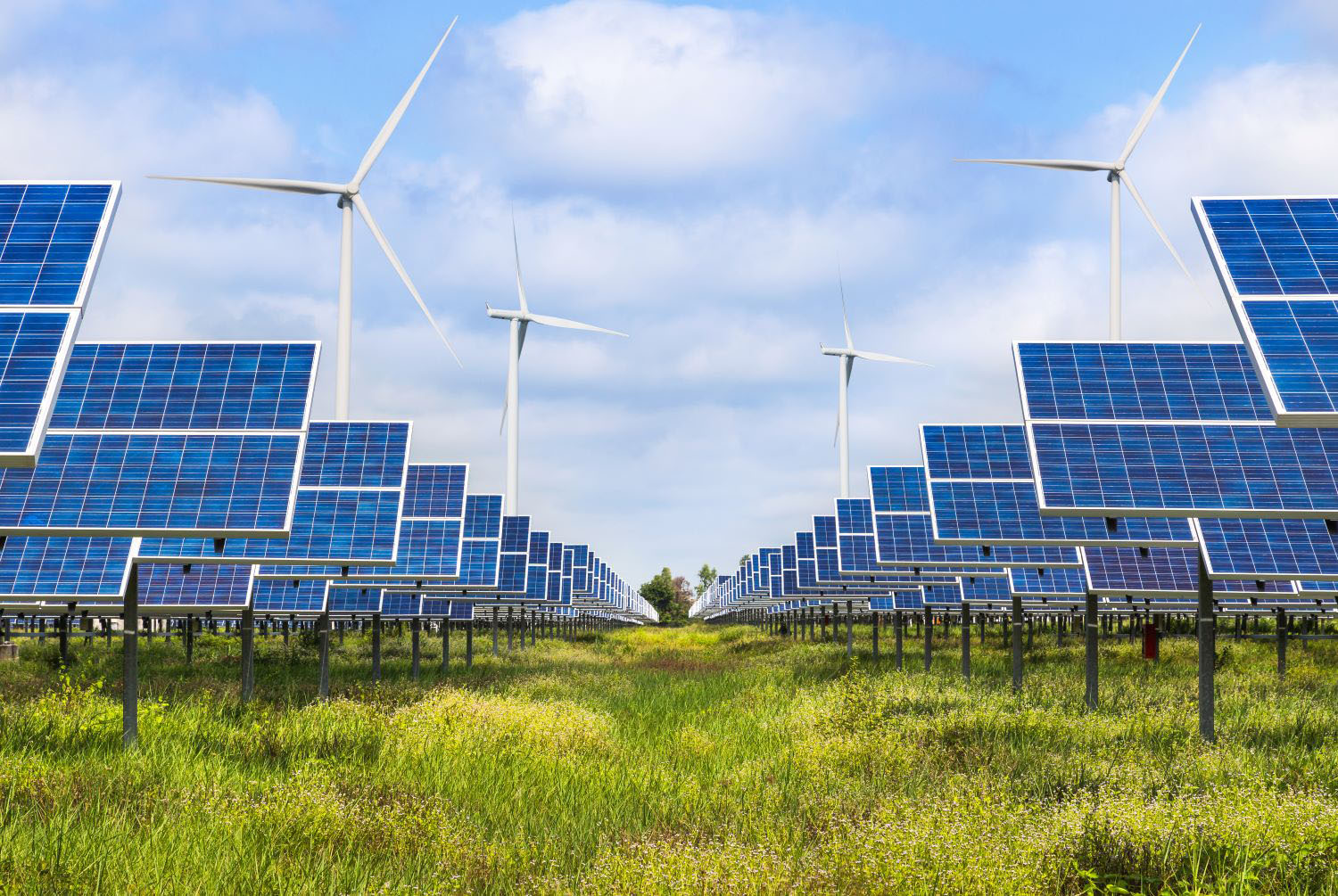The Center for Global Development is a great place to be during the Spring Meetings of the World Bank and the IMF, when CGD plays host to a series of public and private meetings with senior leaders of multilateral development banks and aid agencies from around the world.
This year, a common theme of those discussions was financing for infrastructure investment in developing countries. I’m disappointed, but not surprised, that these conversations tend to focus exclusively on the need for new bricks-and-mortar infrastructure to meet needs for energy, water, or transport services, and seldom acknowledge the need to maintain the ecological infrastructure that already provides a large portion of those services for many of the world’s poor.
But to the extent that environment-related considerations are mentioned at all discussions related to infrastructure in developing countries, it is typically in one of two contexts: either compliance with safeguards -- perhaps put at risk via new infrastructure financing facilities being constructed outside the MDBs – or in relation to the choice between investment in fossil fuel-based versus renewable energy. In light of the recent IPCC Working Group II report, it’s surprising how little attention is paid to the role of intact ecosystems in protecting investments in bricks-and-mortar infrastructure in the face of climate change.
What’s the link? Perhaps I’m biased – focusing as I do on forests – but having lived in Indonesia for much of the last decade, it’s hard not to notice that roads are often blocked by landslides, and houses, roads, bridges, irrigation, and water and sanitation systems are all regularly damaged by flooding. Even harder to ignore is the fact that airports in Sumatra, Kalimantan and sometimes even Singapore are periodically closed by the thick smoke from burning forest and peatlands, which have been made vulnerable to fire through logging and drainage.
Hydrologists, soil scientists, and forest ecologists will tell you that the relationship between land cover change (such as deforestation) and environmental outcomes (such as vulnerability to erosion, flooding, and burning) is complex, and depends on scale, slope, soil, rainfall, and many other factors. But accumulating evidence suggests that maintaining natural forest vegetation can reduce vulnerability.
And while the desirability of hydropower development remains controversial, surely we can all agree on the need to consider forests if we do decide to invest in dams. It’s well accepted that the service life of hydropower dams is shortened by siltation of reservoirs, which is exacerbated by the deforestation of watersheds. Now we also know that forests provide a disproportionate share of the water that fills those reservoirs, and that deforestation could threaten the rainfall needed to keep them that way.
Going green might even be cheaper. The US Environmental Protection Agency promotes the use of “green infrastructure” – which uses or mimics natural processes – to manage storm water runoff and mitigate flooding in urban areas. Natural green infrastructure includes forests and meadows, which complement man-made green infrastructure such as green roofs and rainwater cisterns. Early economic analysis of the experience in American cities suggests that investment in green infrastructure can offer significant savings in capital and maintenance costs compared to traditional approaches.
And with climate change, it is likely that we will experience an increase in the frequency and severity of extreme events – such as heavy rainfall and long dry seasons – that trigger such “natural” disasters as landslides, floods, and fires. So it doesn’t make sense to talk about massive new investments in infrastructure without also talking about how to protect the ecosystems that provide resilience in the face of climate change. Such protection must be a key element of any climate adaptation strategy.
In early 2004, the World Bank, the ADB, and JBIC released a flagship study, “Infrastructure in East Asia: The Way Forward,” designed to chart a path for investment in the region’s infrastructure for the next 20 years. My own comments on a draft notwithstanding, the study did not address the implications of climate change for infrastructure in the region.
Ten years on, it’s nice to hear leaders of Development Finance World such as the World Bank president Jim Kim and ADB’s president Takehiko Nakao talking about climate change as well as infrastructure, so there is progress to be celebrated. But it would be even nicer to bridge the gap between the discourse about the need for investment in bricks-and-mortar infrastructure, and the silence about need to invest in maintaining the ecological infrastructure that is deteriorating all around us.
CGD blog posts reflect the views of the authors, drawing on prior research and experience in their areas of expertise.
CGD is a nonpartisan, independent organization and does not take institutional positions.





